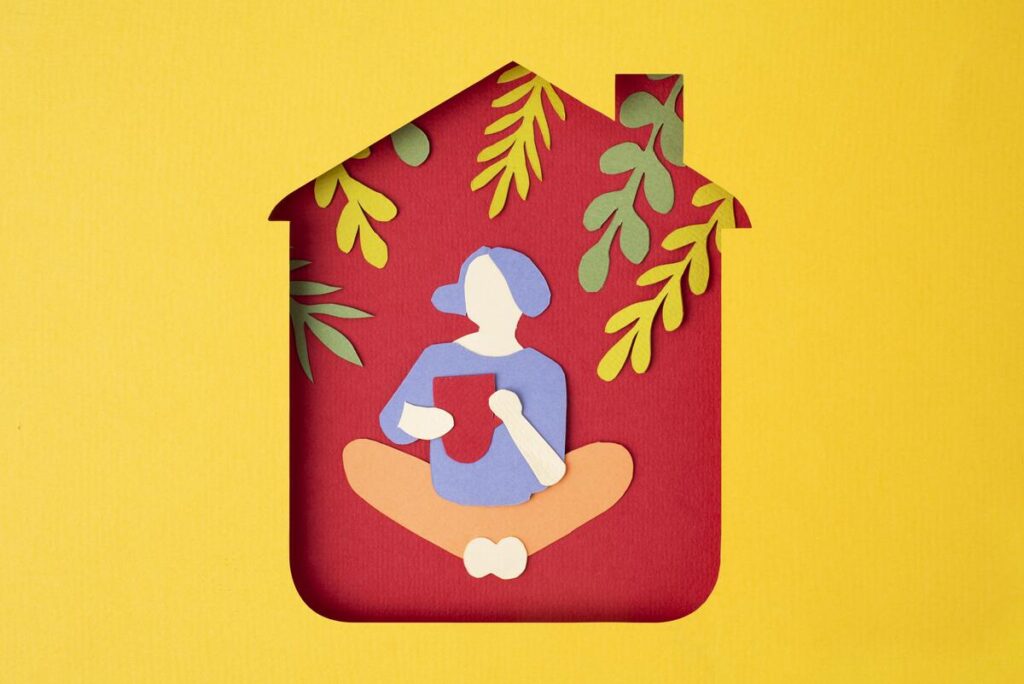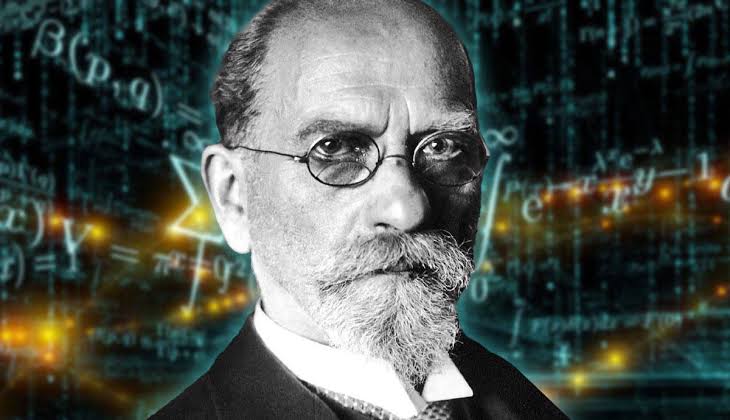The use of phenomenology in Gestalt psychotherapy
One of the fundamental principles of Gestalt is its focus on the present moment: what the patient feels, experiences, and undergoes at a given time. This approach is directly derived from Edmund Husserl’s phenomenological method, which advocated for a “return to the things themselves” (Zurück zu den Sachen selbst). Husserl encouraged the suspension of all preconceived notions and looking at reality directly, as if for the first time. Through this phenomenological “cleansing” of perception, individuals can better understand what they see and reflect on their own emotions and reactions without the burdens of the past or assumptions about the future. In Gestalt therapy, this focus on the “here and now” enables patients to better recognize and accept what they are currently experiencing. The therapist does not analyze the past in isolation, but concentrates on what is happening in the patient’s awareness and their immediate experiences and reactions. This philosophical inspiration helps clients identify their patterns of response and emotions as they occur.

Husserl’s concept of intentionality, which asserts that consciousness is always directed toward something, forms the foundation of phenomenology and significantly influences the Gestalt approach. In Gestalt therapy, intentionality is understood as a fundamental characteristic of experience, where patients are encouraged to notice what their attention is focused on. Therapists assist clients in observing objects, situations, or emotions they direct their attention toward, as well as identifying why they divert attention from other stimuli. By understanding intentionality, Gestalt therapy assumes that patients can become aware of their interest in or avoidance of certain aspects of their experience, facilitating a deeper understanding of their needs and internal conflicts. This phenomenological approach allows patients to explore the intentionality of their consciousness, which is essential for personal and emotional growth.
Husserl developed a phenomenological method focused on describing experiences as accurately and neutrally as possible, without judgment or interpretation. Gestalt therapy adopts this method by assuming that the therapist should avoid interpreting the patient’s statements in a traditional way (e.g., through psychodynamic analysis) and instead pursue a descriptive approach. In practice, a Gestalt therapist might ask the patient, “What are you feeling now?”, “What images are appearing?”, or “What are you sensing in your body at this moment?”—rather than interpreting those emotions. This descriptive method allows the patient to access their own emotions instead of relying on conclusions drawn by the therapist. As a result, the patient becomes more aware of their experiences and better understands their reactions.
Gestalt therapy, in the spirit of phenomenology, also employs experiments—both verbal and non-verbal—that enable patients to discover and experience the full spectrum of their emotions and experiences. Such experiments may include role-playing, dialogue with imagined figures, or working with different aspects of experience, such as the “empty chair” technique. This process of discovery through therapeutic experiments aligns with the phenomenological principle of “suspending judgments” and observing experiences in their pure form. These experiments help patients experience themselves without judgment, fostering a phenomenological approach to self-awareness, often referred to as “primary awareness,” which is an integral part of self-discovery in Gestalt therapy.

In Husserl’s phenomenology, the “phenomenological field” represents the entirety of perception and consciousness at a given moment. Gestalt therapy adapts this concept by defining the patient’s experience as a complex interaction between awareness and the environment—the “field.” The therapist perceives the patient within their “field of experience”—such as in the context of relationships, events, or situations that influence their thoughts and emotions. From the Gestalt perspective, the patient’s relationship with their “field” is crucial, as it impacts their overall experience and enables a fuller understanding of themselves and how they react to various situations. This means that Gestalt therapists view individuals not as isolated entities, but as wholes experiencing themselves in dynamic contact with their surroundings, which directly derives from phenomenology.
Husserl’s phenomenology, rooted in the belief in the individual’s intrinsic ability to find “truth” within their experiences, inspires Gestalt psychotherapy to assume that patients possess the internal resources necessary for healing and self-regulation. A Gestalt therapist, like a phenomenologist, does not direct the patient in an authoritarian manner, but provides space for them to independently explore their emotions and experiences. Through this therapeutic stance, patients develop self-awareness and a sense of authenticity, consistent with phenomenological principles. The therapist in Gestalt therapy supports the patient in accessing their internal resources, helping them recover their authentic self and discover ways to regulate their reactions harmoniously with their environment.





